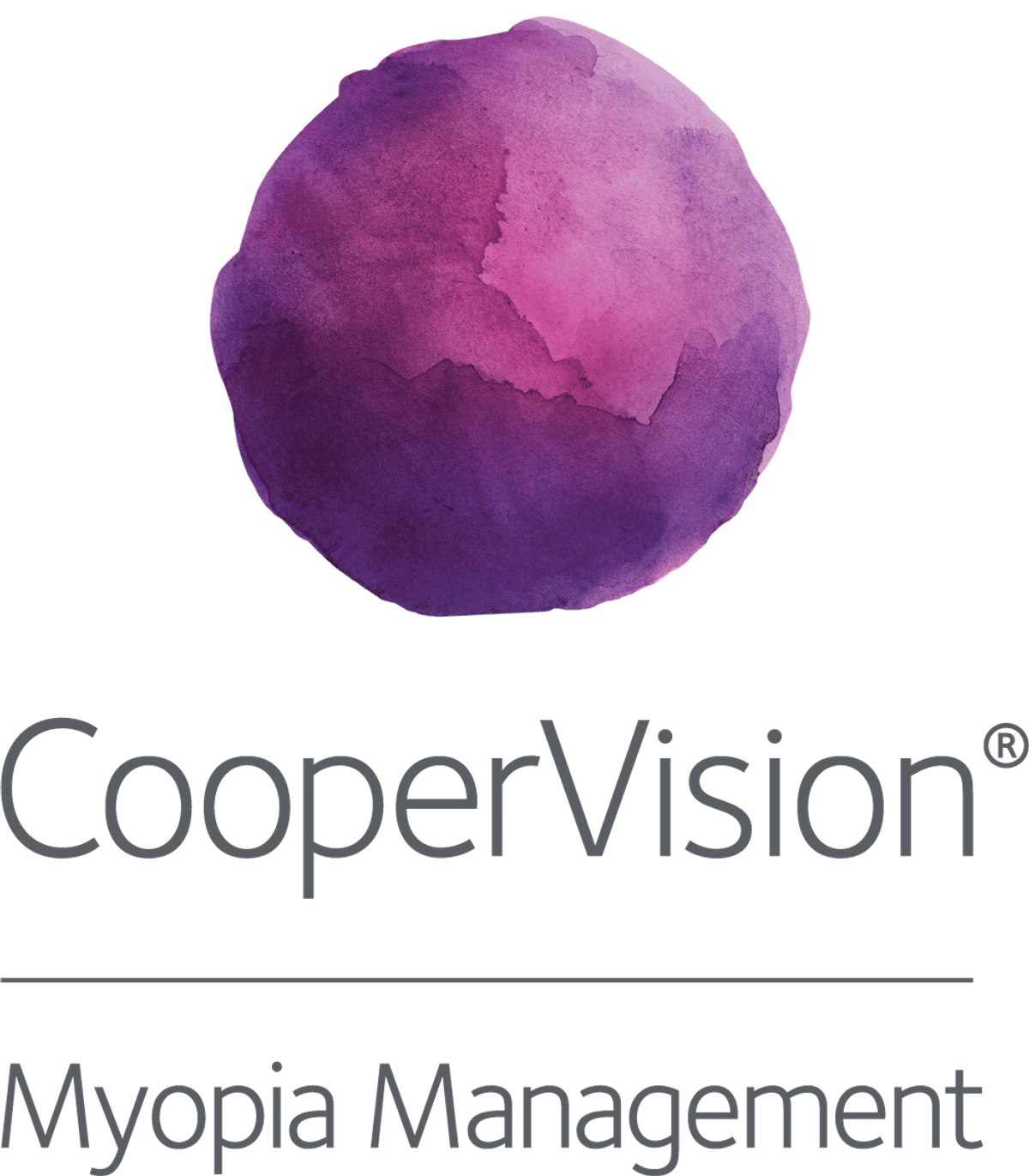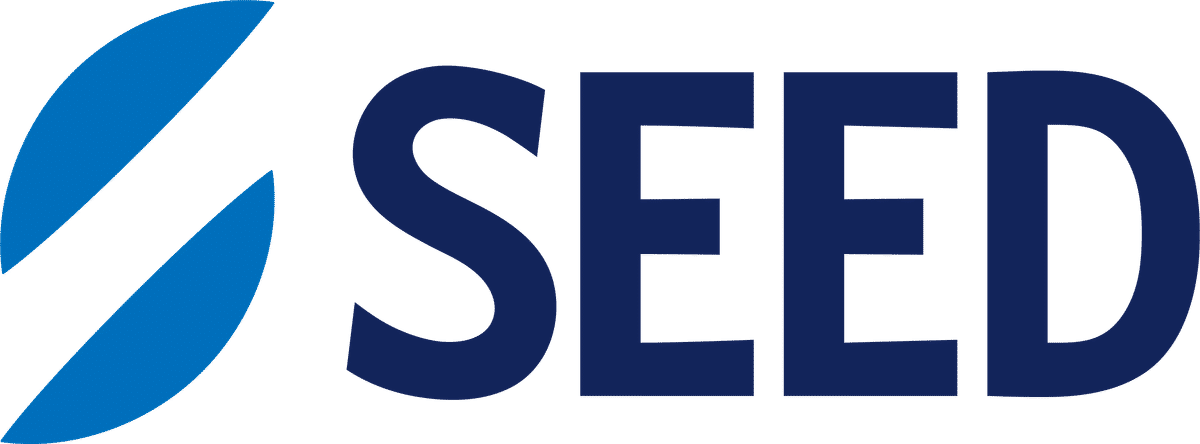Clinical
Optimizing myopia management – Insights from APMMS China Connect 2025

Sponsored by
In this article:
This article reports on the first Asia-Pacific Myopia Management Symposium China Connect (APMMS China 2025), highlighting expert insights and practical strategies for individualized myopia management, with a particular focus on early assessment, tailored treatment planning, and the evolving role of orthokeratology.
The first Asia-Pacific Myopia Management Symposium China Connect (APMMS China 2025) brought together leading clinicians and researchers to share perspectives on one of the most pressing challenges in eye care: how to tailor myopia management to the individual child. With more than half of Chinese adolescents affected by myopia, and the numbers still rising, China is at the forefront of both clinical innovation and demand for personalized care. At this year’s meeting, key opinion leaders from China and other countries (as noted) included:
- Prof. Lv Fan – Eye Hospital of Wenzhou Medical University
- Prof. Zhou Xingtao – Eye & ENT Hospital of Fudan University
- Dr Sandra Block, World Council of Optometry, USA
- Dr Kate Gifford, Myopia Profile and Queensland University of Technology, Australia
- Prof. Maria Liu – University of California Berkeley School of Optometry, USA
- Prof. Chen Zhi – Eye & ENT Hospital of Fudan University
- Prof. Mao Xinjie – Eye Hospital of Wenzhou Medical University
- Prof. Rong Bei – Peking University First Hospital
- Prof. Ye Lu – Shaanxi Eye Hospital
- Prof. Jiang Jun – Eye Hospital of Wenzhou Medical University
- Dr. Oliver Woo – Asia Optometric Management Association (AOMA) and Clinical Practice, Australia
- Prof. Wang Kai – Peking University People’s Hospital
- Dr. Li Jianhua – Aier Eye Hospital, Guangzhou
- Dr. Mei Ying – New Hongqiao International Medical Center · Vision Vision Ophthalmology Center, Shanghai
- Dr. Chen Xiaoqin – Tianjin Eye Hospital
- Dr. Wu Gangyue – Jinhua Eye Hospital
They outlined practical strategies for early intervention, treatment planning and follow-up that reflect the realities of clinical practice, also sharing insights on using orthokeratology for myopia management. Their perspectives are summarized here, providing a valuable roadmap for eye care practitioners worldwide striving to deliver effective, individualized myopia management.
Early Assessment and Monitoring
Establishing a refractive development record should begin as soon as reliable data can be obtained—typically at 3–4 years for the general Chinese population, and perhaps earlier for children at higher risk. The emphasis is not on the number of tests performed but on selecting measures that are clinically meaningful. Key parameters include refractive error, annual axial length growth, hyperopic reserve, visual function, and parental compliance. In Chinese children, maintaining a hyperopic reserve of at least +1.50D has been identified as an important threshold for reducing the risk of myopia onset.
Genetic testing remains exploratory. While it may hold potential for risk profiling and predicting treatment sensitivity, it is not yet recommended as a first-line predictive or diagnostic tool in routine practice.
Treatment Strategy, Planning, and Modification
Assessing the effectiveness of a myopia control intervention by monitoring an individual child's progression over time emphasizes the child's unique response to treatment, rather than relying solely on comparisons to averages from research studies. However, there are important considerations to keep in mind:
- Baseline Progression and Individual Variability: Myopia progression varies significantly among individuals. For example, faster progressors may still show some progression even with treatment, which does not necessarily indicate treatment failure. It is important to set realistic expectations and consider the child's baseline progression rate when evaluating treatment success.
- Yearly Monitoring: Evaluating progression over at least one year is recommended to account for seasonal variations and measurement noise. This provides a clearer picture of the treatment's impact and helps avoid premature conclusions about its effectiveness.
- Comparison to Age-Matched Averages: While individual change is important, comparing progression to age-matched averages can provide context. Untreated children typically follow predictable mean progression rates based on age and ethnicity, which can serve as a benchmark for evaluating treatment outcomes—particularly when therapy is initiated early and the child’s untreated progression has not been observed or documented.
Optical interventions (orthokeratology, defocus soft contact lenses, and myopia-control spectacles) form the foundation of care, offering the dual benefit of correction and control. Pharmacological therapy, such as low-dose atropine, could be considered an adjunct.
If results are suboptimal, practitioners should firstly consider compliance and wearing time; they may also consider alternative designs within the same modality or switching to another optical option if this will improve compliance or tolerance. Combining optical and pharmacological treatments is also possible.
Practical Perspectives on Personalization
Adolescent myopia management is both population-wide and individually targeted. Each child’s refractive status, lifestyle, and family circumstances require personalized strategies.
- Prof. Mao Xinjie emphasized prevention before age six and the importance of communicating rational, evidence-based guidance to parents. He highlighted the need to evaluate interventions critically, avoiding survivor bias (where outcomes reflect only children who remain in treatment and not those who discontinue due to poor results or side effects), and to balance efficacy with long-term ocular safety.
- Prof. Jiang Jun shared that treatment plans are developed based on age, initial refractive error, family history, visual habits, hobbies, and rate of progression. Active children may be better suited to contact lenses, while those with allergies or limited ability to attend follow-up appointments may benefit more from spectacles. Combination therapy is considered for poor responders.
- Dr. Oliver Woo illustrated global practice trends, such as starting younger children on spectacles like the SightGlass DOT spectacle lenses and layering interventions for older, active children—e.g., combining myopia control spectacles with contact lenses such as MiSight® 1 day, on alternative days (dual-wear).
Orthokeratology and the Treatment Zone
China is one of the largest markets for orthokeratology (ortho-k), with nearly two million teenagers choosing this modality annually. Competition among manufacturers has driven innovation, with smaller back optic zone diameters (BOZD) increasingly promoted as a means to improve myopia control.
Clarifying BOZD vs Treatment Zone
Prof. Wang Kai and Dr. Li Jianhua highlighted key distinctions:
- The optic zone (BOZD) is the lens base curve zone, while the treatment zone (TZ) is the flattened corneal surface created by lens pressure, functioning optically in daytime vision.
- BOZD and TZ are not always directly correlated. Identical BOZD can yield different TZ sizes, while differing BOZD can produce similar TZs.
- Predictive metrics should integrate both TZ size and defocus parameters, including magnitude.
These terms are sometimes misused in clinical research and practice, highlighting the need for clearer definitions to support accurate communication and application.
Optimizing the Treatment Zone
A panel of Chinese experts, including Prof. Jiang Jun, Prof. Chen Zhi, Dr. Mei Ying, Dr. Chen Xiaoqin, Dr. Wu Gangyue, and Dr. Wang Feifu, shared strategies to optimize ortho-k treatment zones:
- Treatment zone size: Smaller TZs may enhance myopia control but are not the sole determinant. Lens design, fitting technique, and corneal anatomy also contribute.
- Predictors of control outcomes: The TZ’s position relative to the pupil and the amount of defocus entering the pupil are critical.
- Assessment methods: Tangential difference maps help measure TZ and defocus; horizontal analysis is more reliable than vertical due to eyelid effects.
- Lens parameters: BOZD and reverse curve (RC) height are the most influential. Increasing RC relative to BOZD can shrink the TZ and increase defocus.
2 - Adjustment priorities: Reducing BOZD while increasing the Jessen factor can decrease TZ size and enhance defocus. Adjustments must be tailored to individual patients and guided by corneal topography, recognizing that designs vary between brands.
It is worthwhile noting that customization of ortho-k lenses can enhance myopia control outcomes in certain cases, but it is not always necessary for achieving good results.
Final thoughts
APMMS China Connect 2025 highlighted the growing importance of individualized care in myopia management. Early assessment, targeted intervention, and close follow-up remain the cornerstones of effective practice, while areas such as the role of orthokeratology customization are being explored. Above all, the meeting reinforced that personalized strategies that are grounded in evidence, adapted to each child’s circumstances, and communicated clearly with families offer the best path to long-term success in managing myopia.
Meet the Authors:
About Jeanne Saw
Jeanne is a clinical optometrist based in Sydney, Australia. She has worked as a research assistant with leading vision scientists, and has a keen interest in myopia control and professional education.
As Manager, Professional Affairs and Partnerships, Jeanne works closely with Dr Kate Gifford in developing content and strategy across Myopia Profile's platforms, and in working with industry partners. Jeanne also writes for the CLINICAL domain of MyopiaProfile.com, and the My Kids Vision website, our public awareness platform.
This content is brought to you thanks to an educational grant from
References
- Chen Z, Gu D, Wang B, et al. Significant myopic shift over time: Sixteen-year trends in overall refraction and age of myopia onset among Chinese children, with a focus on ages 4-6 years. J Glob Health. Nov 2023;13:04144. [link]
- Guo B, Cheung SW, Kojima R, et al. Variation of Orthokeratology Lens Treatment Zone (VOLTZ) Study: A 2-year randomised clinical trial. Ophthalmic Physiol Opt. Nov 2023;43(6):1449-1461. [link]
- Sun Y, Xu F, Zhang T, et al. Orthokeratology to control myopia progression: a meta-analysis. PLoS One. Sep 2025;10(4):e0124535. [link]
Enormous thanks to our visionary sponsors
Myopia Profile’s growth into a world leading platform has been made possible through the support of our visionary sponsors, who share our mission to improve children’s vision care worldwide. Click on their logos to learn about how these companies are innovating and developing resources with us to support you in managing your patients with myopia.












